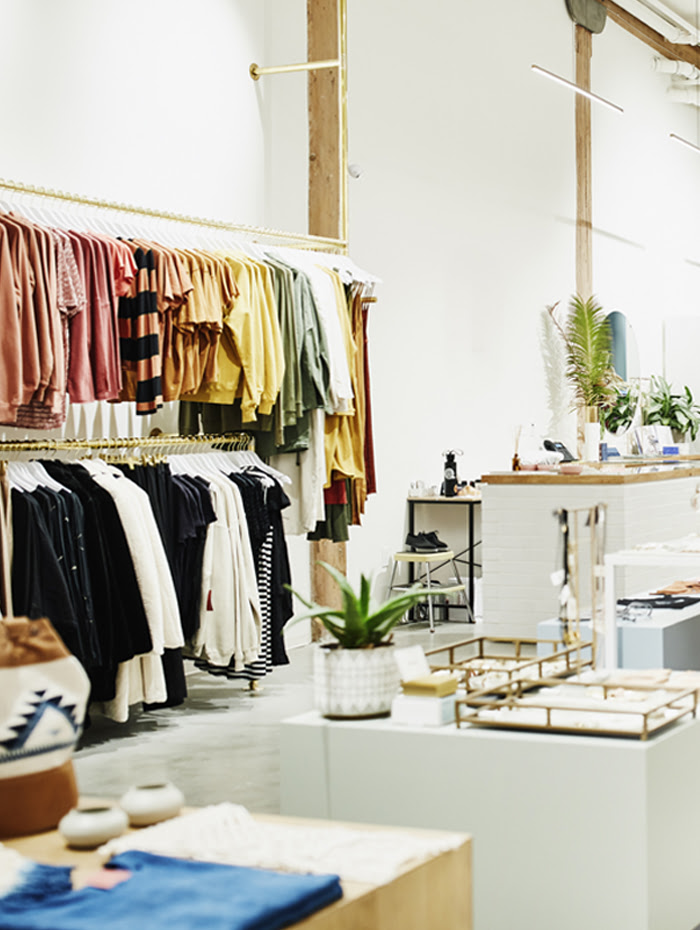Undeniably, the pressure on retailers is immense and there will be changes resulting from COVID-19, but change doesn't have to be negative—it just needs to be strategic.
It starts with deciding if you are a buyer, seller, or survivor. Are you in a position to buy more assets – be it product, technology, or even additional companies to grow your business? If so, then you need to carefully plan for these transactions. Does it make more sense for you to start the process of selling your business, if your projections show you running out of cash and options? If so, you need to plan on how to maximize your value and minimize the disruption to all stakeholders. Or, are you somewhere in between and able to make the necessary adaptions to survive the crisis and come out the other end? If so, then you need to think about how this post-pandemic version of your business compares to the pre-pandemic shopping experience that your customers expect.
Either way, being proactive in managing your business in these challenging times is critical. Doing nothing is not an option.
